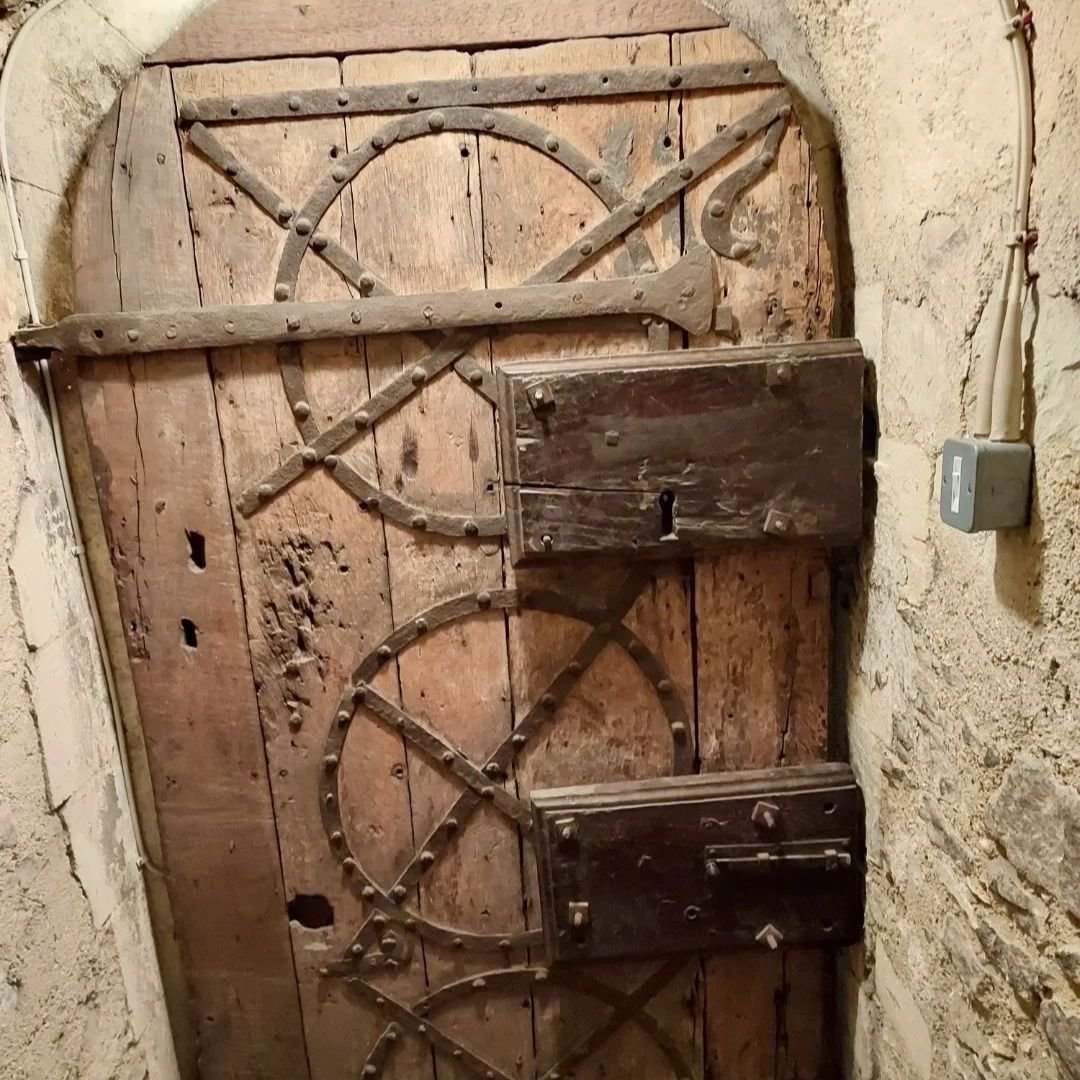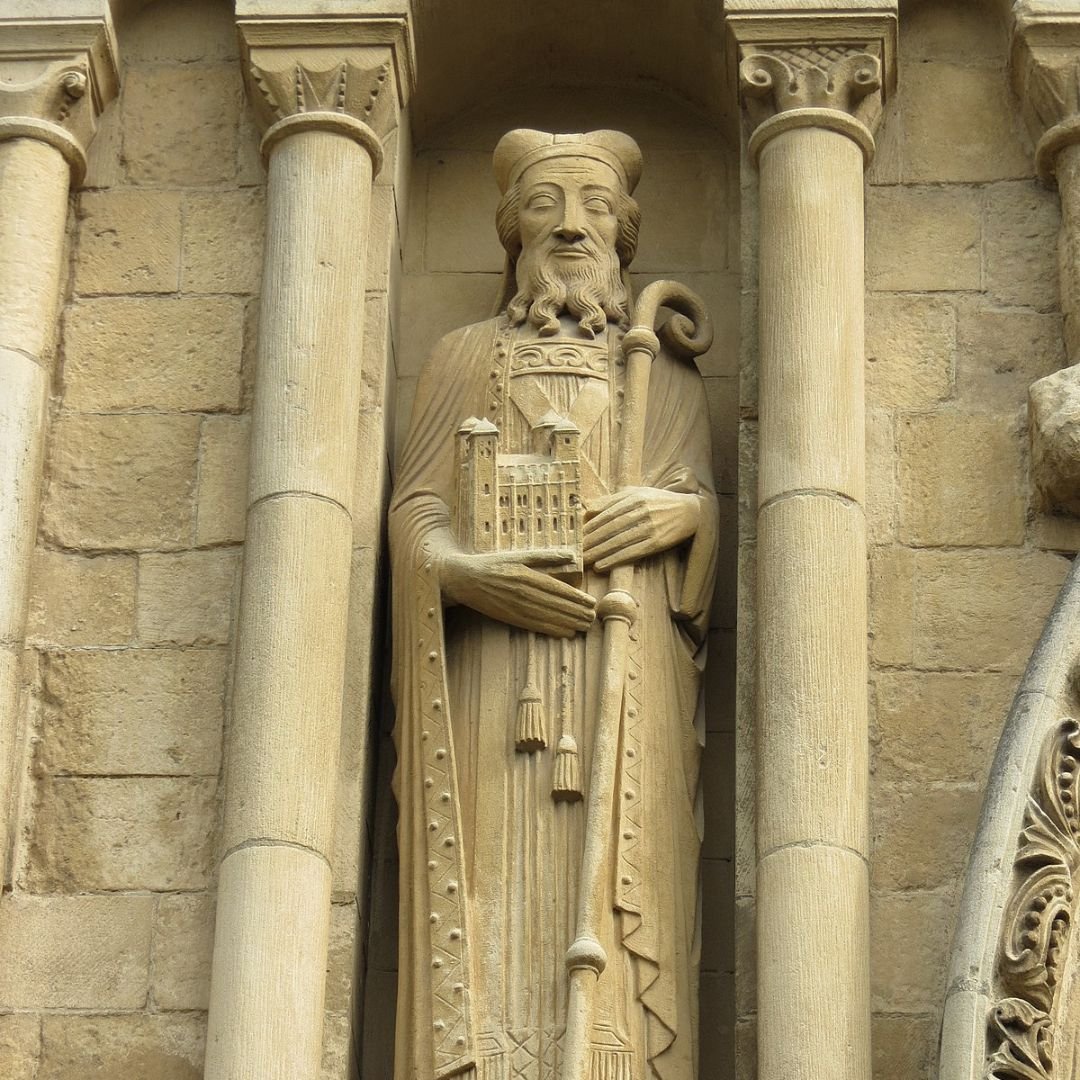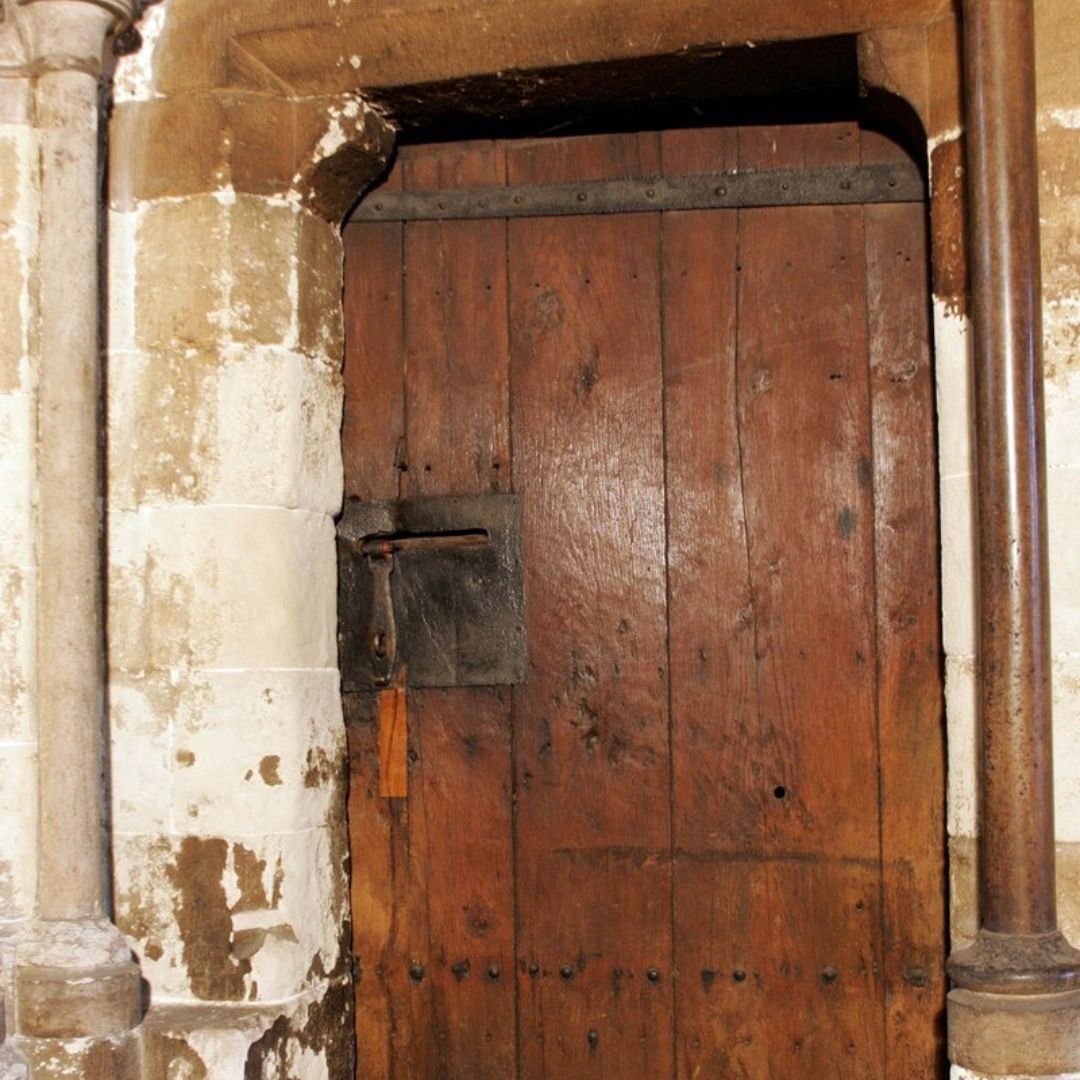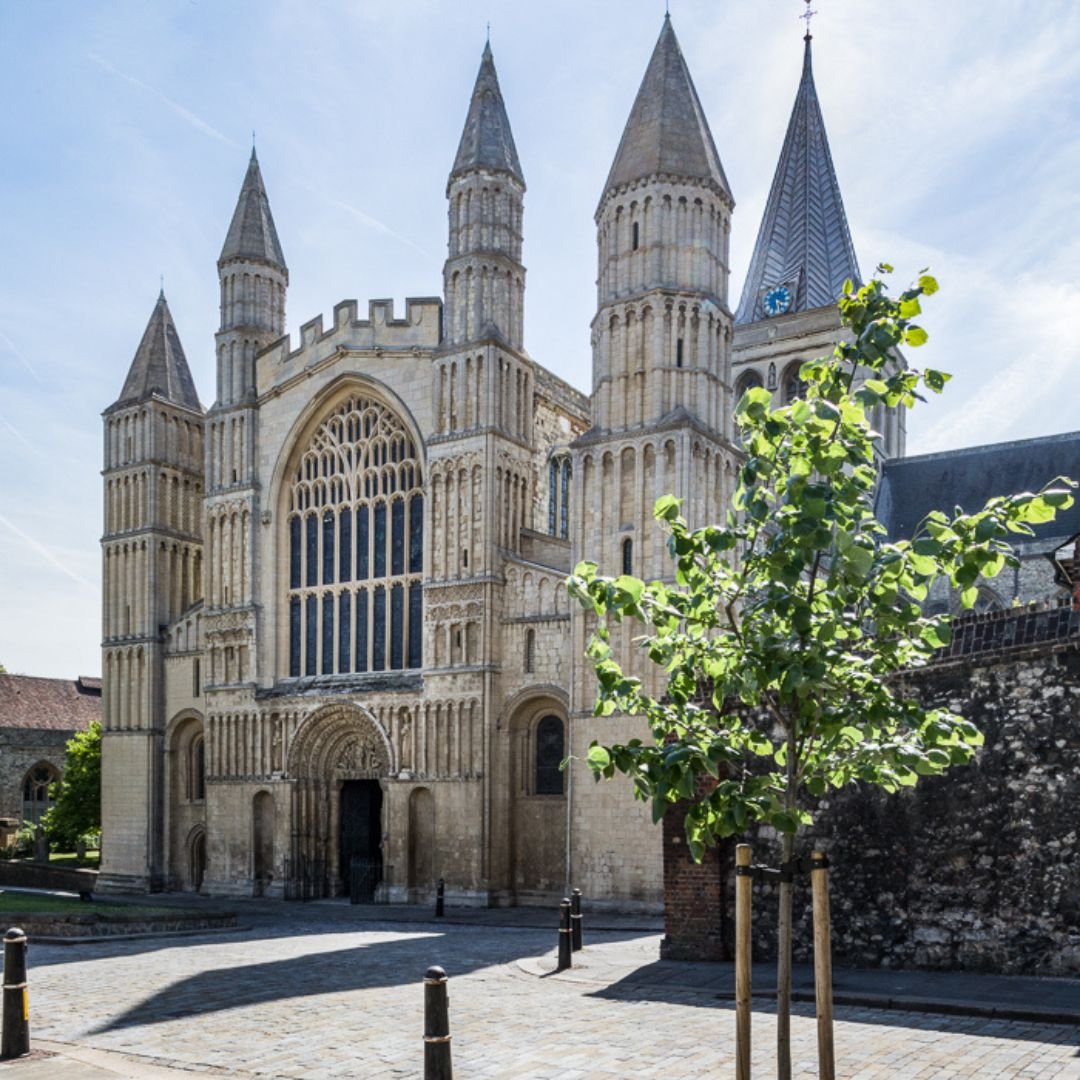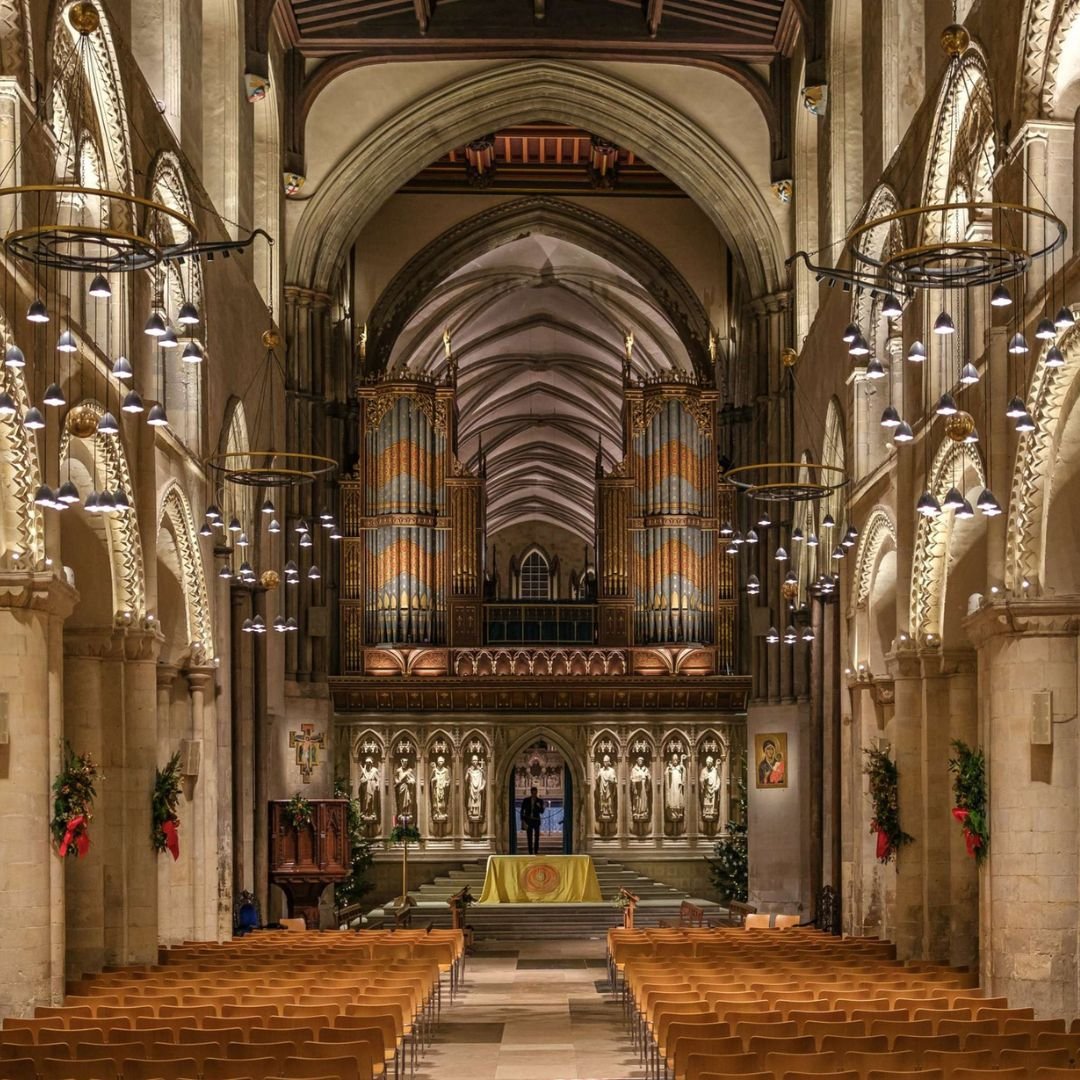Rochester Cathedral’s Gundulf Door: Second Oldest Door In Britain
This incredible door at Rochester Cathedral, named Gundolf Door, is Britain's second oldest door (after the one in Westminster Abbey).
It dates back to 1080, and it’s the only surviving piece of decorative iron and woodwork from this Cathedral.
It’s presumably names after Gundulf, a Norman monk who went to England following the Norman Conquest.
He was appointed Bishop of Rochester and Prior of the Cathedral Priory there.
He built several castles, including Rochester, Colchester and the White Tower of the Tower of London.
Gundolf Door is hidden in a dark corner of the north-east transept, but it’s not open to the public.
The ancient door leads into the north-east turret stair, rising up to the present stone store and the triforium passage.
On the outside, the crude cross boarding conceals carpentry and ironwork which were clearly made before the eastern arm of the church, c. 1200-15.
According to the Rochester Cathedral website, the Gundulf Door is originated from a single tree which was felled sometime between 1075 and 1107.
This is highly significant in that Gundulf was bishop of Rochester from 1077 to 1108.
He founded a new Benedictine priory here in 1083, and shortly after which time the cathedral was completely rebuilt.
Thus, the tree-ring evidence shows that this door is virtually without question the sole surviving piece of decorative iron and woodwork from Gundult's cathedral, and probably dates to just before the turn of the eleventh century.
More importantly, out of only a handful of possible pre-1100 doors surviving anywhere in Britain, the Rochester door has the honour of being the earliest example to be scientifically dated.
Britain's oldest door, meanwhile, can be found in Westminster Abbey, in the passage leading to the Chapter House.
A detailed study of the wooden door, pictured above, can been seen in the vestibule leading to the Chapter House at Westminster Abbey.
The study showed that the wood was felled after 1032 AD and that the door was constructed sometime in the 1050s.
This was during the reign of King Edward the Confessor, who built the Norman Abbey which was consecrated in 1065.
That makes it not only the oldest in the UK but also the only one assignable to the Anglo Saxon period.
The ring-pattern of the timber indicates that the tree grew in eastern England, most probably coming from the extensive woodland owned by the Abbey in this area, and possibly from Essex.
Rochester Cathedral (pictured above)
Rochester Cathedral is England's second oldest cathedral, founded in AD 604.
One of the most captivating features of Rochester Cathedral is its amalgamation of architectural styles.
The structure seamlessly blends Norman, Early English, Decorated, and Perpendicular Gothic styles, showcasing the evolution of English architecture through the ages.
Visitors are immediately struck by the cathedral's awe-inspiring Norman façade, adorned with intricate carvings and striking Romanesque arches.
The massive central tower, a prime example of Norman architecture, looms proudly over the skyline, inviting visitors to marvel at its grandeur.
Step inside, and you'll be greeted by a breathtaking interior that exudes serenity and grandeur.
The nave, with its soaring columns and elegant vaulted ceilings, leads worshippers and visitors alike on a journey through history.
The stunning stained glass windows, some dating back centuries, narrate biblical stories and add an ethereal quality to the cathedral's ambiance.
It a wonderful place to visit - and the reviews are great.
One recent visitor said: “Being several hundred years older than St Paul's, it is rammed with great architecture, history and cultural treasures.
”The well preserved half painting on the wall is from the twelve hundreds, as are some of the books in their collection.
”The cafe in the crypt is flanked by a small chapel and a small information room. For lovers of church organs, theirs could give Wells a run for the money.”
If you’d like to visit, the address is: Garth House, The Precinct, Rochester ME1 1SX.
If you enjoyed this blog post, please follow Exploring GB on Facebook for daily travel content and inspiration.
Don’t forget to check out our latest blog posts below!
Thank you for visiting Exploring GB.

